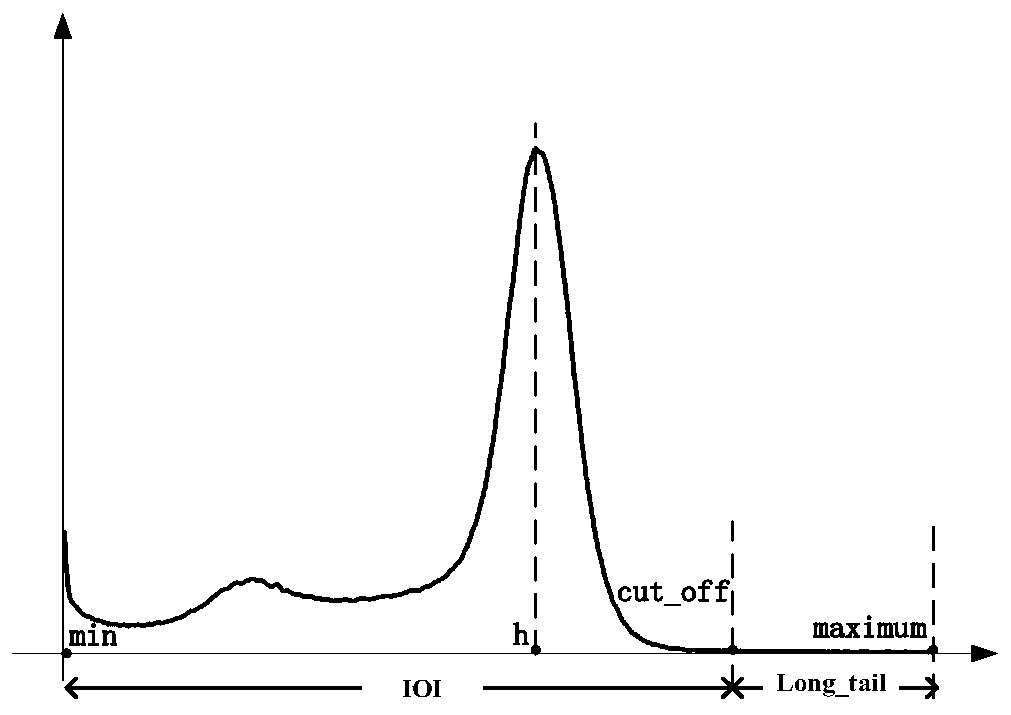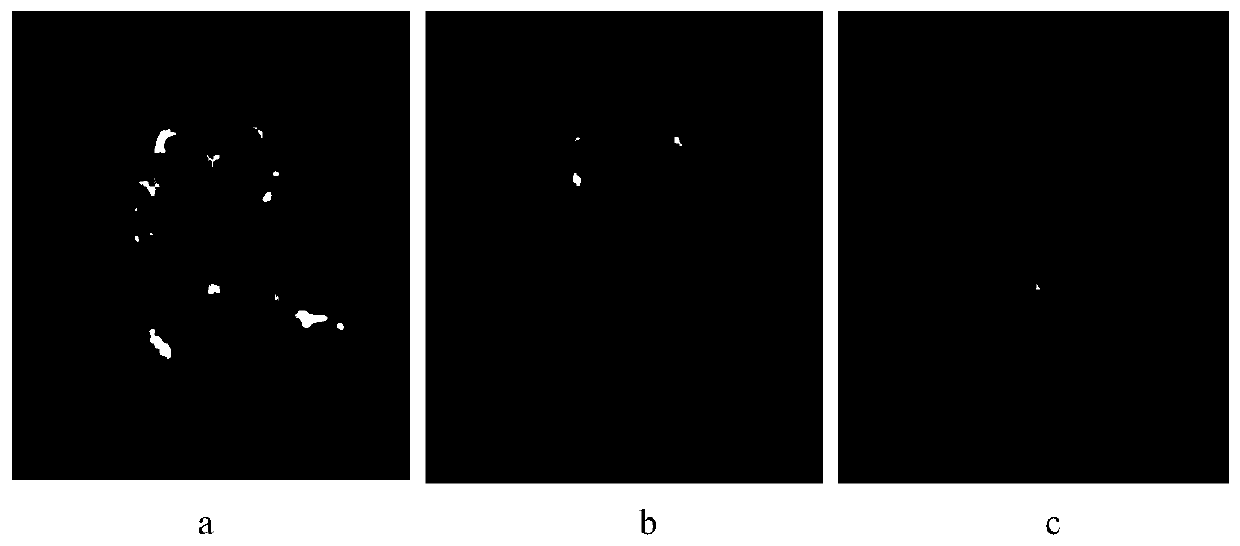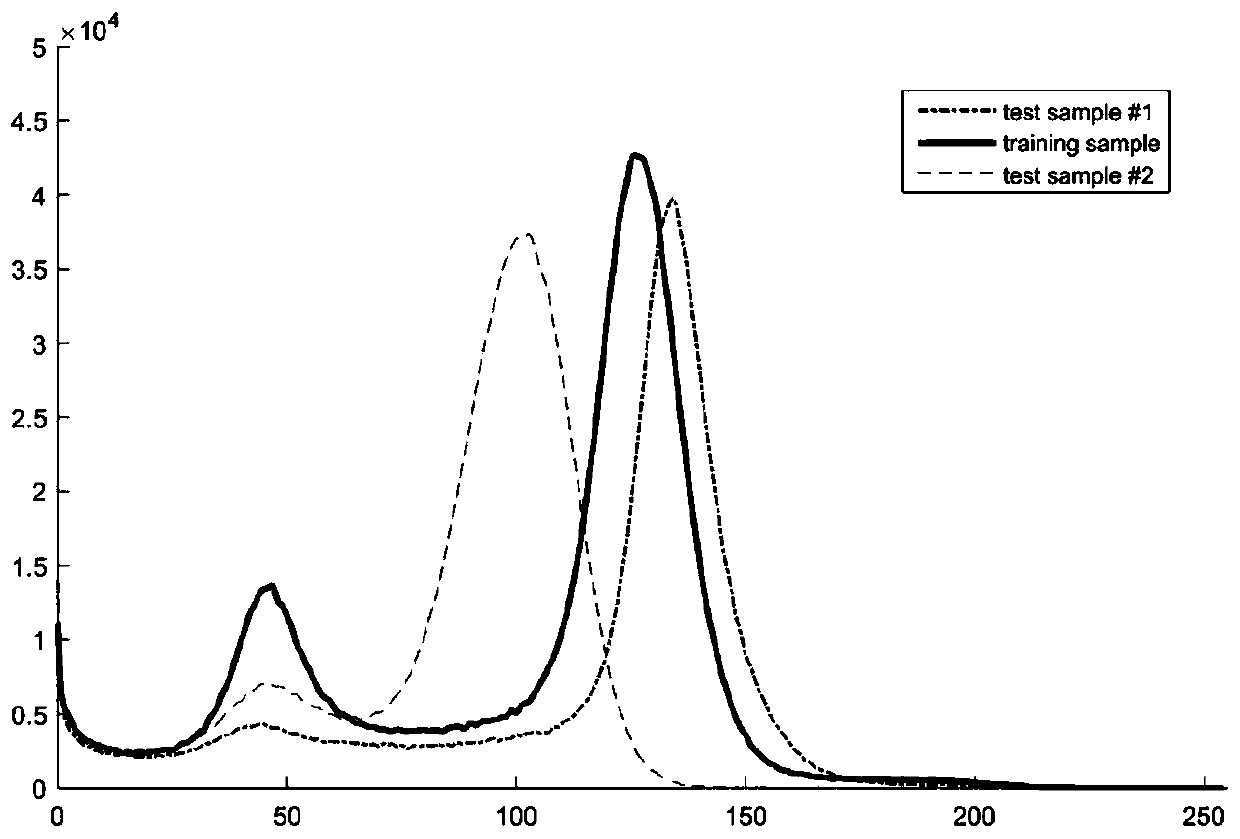Image intensity standardization method for brain FLAIR nuclear magnetic resonance image
A technology of nuclear magnetic resonance and image intensity, applied in image enhancement, image data processing, instruments, etc., can solve problems such as lack of image intensity, difference between image intensity and contrast, and influence on the accuracy of segmentation results, and achieve the effect of simple standardization steps
- Summary
- Abstract
- Description
- Claims
- Application Information
AI Technical Summary
Problems solved by technology
Method used
Image
Examples
Embodiment 1
[0050] Two samples are randomly selected from the test sample set as test samples. figure 2 are the slice images located at cross-section 120 / 256 respectively selected from the MRI data of the training sample, test sample #1 and test sample #2. image 3 is the histogram curve of three samples, from image 3 It can be seen that the intensity value corresponding to the peak of test sample 2 is significantly lower than that of the training sample, and the intensity value corresponding to the peak of test sample 1 is close to the training sample, which is why figure 2 The reason why the slice brightness of test sample 1 is close to the training sample, and the slice brightness of test sample 2 is darker than the training sample. Next, standardize and unify the image intensity of the three samples.
[0051] The first step: Calibrate the truncation point of the training sample
[0052] Figure 4 is the histogram of training samples after the initial calibration of the truncati...
PUM
 Login to View More
Login to View More Abstract
Description
Claims
Application Information
 Login to View More
Login to View More - R&D
- Intellectual Property
- Life Sciences
- Materials
- Tech Scout
- Unparalleled Data Quality
- Higher Quality Content
- 60% Fewer Hallucinations
Browse by: Latest US Patents, China's latest patents, Technical Efficacy Thesaurus, Application Domain, Technology Topic, Popular Technical Reports.
© 2025 PatSnap. All rights reserved.Legal|Privacy policy|Modern Slavery Act Transparency Statement|Sitemap|About US| Contact US: help@patsnap.com



